Among the variety of products and intermediate products of the chemical and industrial process industries there are many which can form explosive mixtures with other products or with the oxygen in the air. Measurement and control equipment that comes into contact with such mixtures must not cause an explosion, but must nevertheless operate effectively.
In order for an explosion to occur, a number of events must occur simultaneously:
- A sufficient degree of dispersion (degree of scattering) for mist or dust require particle sizes between 0.1 and 0.001 mm. For gases this degree is provided by nature.
- Only when the concentration of a flammable substance in air exceeds a minimum value does the danger of an explosion exist. On the other hand there is a maximum value (a too rich mixture) above which an explosion can no longer take place.
- Naturally a sufficient amount of the mixture must be available. As little as 10 liters of an explosive mixture are considered to be dangerous.
- An ignition source must provide sufficient energy in order to initiate the explosion.
Considering these criteria some measures to prevent an explosion inevitably come to mind:
Explosive mixtures are to be avoided, their quantity is to be limited, ignition must be prevented and, in a worst case scenario, the impact of an explosion must be mitigated.
These measures are considered during the design of the instruments. For example, the space in which an explosive mixture can accumulate is kept very small or the energy content of a possible spark source is minimized or the explosion is restricted to a small space.
International Orientation of Explosion Protection
All over the world, the explosion protection is governed by different, country-specific national standards. For Industrial products this means: the same technical design, but different, country-specific approvals. Only in this way a worldwide commercialization can be achieved with little product variance, and customers throughout the world can use the same product. On the customer side, this strategy yields cost reductions, e.g. for training, project planning and maintenance of the corresponding products.
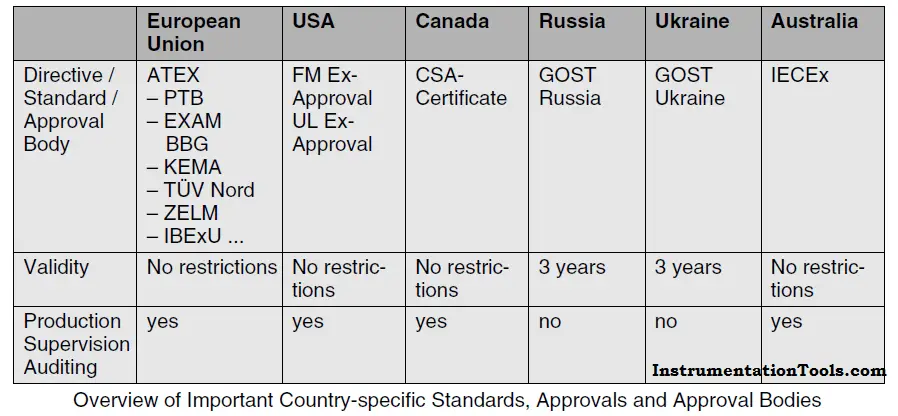
Basically, the requirements for all approvals are similar to each other and pursue the same goal: prevent, according to the state of the art, that an explosion can occur in a plant that has been instrumented in compliance with the national explosion protection requirements.
Terms and Definitions
Explosion
An explosion is an exothermic reaction of a substance at a very high reaction rate. It requires the presence of an explosive mixture/atmosphere and of an ignition source plus an extraneous cause that triggers the explosion.
Explosion Hazard
An explosion hazard is given if an explosive mixture/atmosphere is present, but is not ignited by an ignition source or due to an extraneous cause.
Explosive Mixture/Atmosphere
Mixture of air and gases, vapors, mists or dusts that is flammable under atmospheric conditions and in which the combustion is spread to the entire remaining unburnt mixture once an ignition has occurred.
Explosion Limits
The lower (LEL) and upper (UEL) explosion limits specify the range within which an air mixture of a substance is explosive. The explosion limits are specific to the individual substances and can be looked up in the appropriate reference literature.
Explosion Groups in Accordance with the EN Standards
The flammability and resistance to ignition flash-over of an explosive mixture are specific to a substance. These specifications are especially important for equipment engineering. For intrinsically safe electrical equipment the ignition energy is a criterion for flammability. The lower the required ignition energy, the more hazardous the mixture. The resistance to ignition flash-over provides for information relative to the maximum experimental safe gap and the width of the flameproof joint of equipment with flame-proof enclosure.

Gases and vapors are classified according to these criteria. The following table lists the classification of various materials. The equipment used for these materials must be certified accordingly.
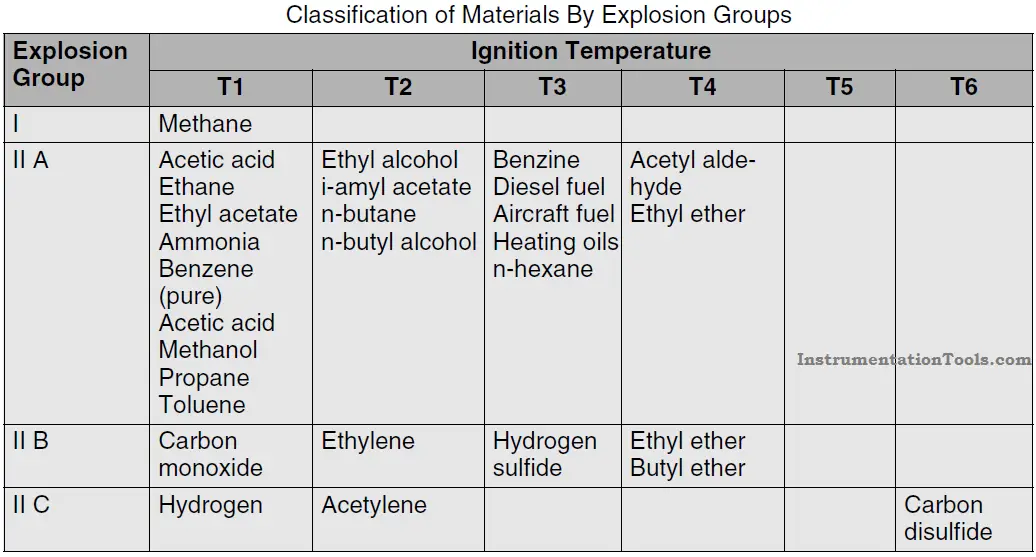
Flash Point
The flash point is the lowest temperature at which vapors can escape under defined conditions from the liquid to be tested in a sufficient quantity to yield a flammable air-liquid mixture above the liquid level.
Ignition Energy
The minimum ignition energy is the energy in a spark that suffices to ignite the surrounding explosive gas-air mixture.
Ignition Temperature in Accordance with the EN Standards
The ignition temperature of a combustible material is the lowest temperature of a heated wall determined with a probe at which a mixture of the combustible material and air will ignite.
The ignition temperature of liquids and gases is determined using the procedure specified in DIN 51794. For the time being, there is no standardized method for determining the ignition temperature of combustible dusts. In the relevant literature several methods are specified.
Combustible gases and vapors of combustible liquids a divided into temperature classes according to their ignition temperature. Equipment parts are classified by their surface temperature.

Ignition Sources
In the following, the most frequently occurring ignition sources are listed:
- Hot surfaces (heatings, hot apparatuses, etc.),
- Flames and hot (combustion) gases
- Mechanically produced sparks (through friction, strokes, abrasion)
- Sparks from electrical systems,
- Compensation currents,
- Static electricity,
- Lightning, ultrasonic sound
- Optical ignition sources,
- Electrical fields through radio waves,
Primary and Secondary Explosion Protection
In the context of avoiding explosions a distinction is made between primary and secondary explosion protection.
Primary explosion protection implies avoidance of the formation of a hazardous explosive atmosphere:
- Avoidance of combustible liquids and gases,
- Increase of the flash point,
- Avoidance of the formation of explosive mixtures by limiting the concentration of substances,
- Ventilation, either technical or through use of open air systems,
- Concentration monitoring with emergency stop function
Secondary explosion protection includes all measures that can be taken to prevent the ignition of a hazardous atmosphere:
- No effective ignition source
- Intrinsically safe equipment
- Flameproof enclosure of the ignition source to prevent external ignition Powder filling
Encapsulation Flameproof enclosure Pressurized enclosure
Zones in Accordance with the EN Standard
The hazardous area is divided into three zones. The probability of the existence of a potentially hazardous atmosphere is a criterion for the division as described below:
For Gases, Vapors and Mists (EN 60079-10)
Zone 0: Area, in which a potentially explosive atmosphere in the form of a mixture of air and combustible gases, vapors or mists is present continuously, for long periods or frequently. Category: 1 G
Zone 1: Area in which, during normal operation, a potentially explosive atmosphere in the form of a mixture of air and combustible gases, vapors or mists can occur occasionally. Category: 2 G
Zone 2: Area in which, during normal operation, a potentially explosive atmosphere in the form of a mixture of air and combustible gases, vapors or mists occurs not at all or only for a short time period. Category: 3 G
For Dusts (EN 61241-10)
Zone 20: Area in which a potentially explosive atmosphere in the form of a cloud of combustible dust in air is present continuously, for long periods or frequently. Category: 1 D
Zone 21: Area in which, during normal operation a potentially explosive atmosphere in the form of a cloud of combustible dust in air can occur. Category: 2 D
Zone 22: Area in which, during normal operation, a potentially explosive atmosphere in the form of a cloud of combustible dust in air usually occurs not at all or only for a short time period. Category: 3 D
Remark:
Layers, deposits and accumulations of combustible dust must be taken into account to the same extent as any other cause that may lead to the formation of a hazardous explosive atmosphere.
Normal operation is considered to be the state in which the plant or system is run within its specified parameters and limits.
Equipment of Category 1G/1D, Equipment Group II
The categories 1G (gas) and 1D (dust) include all equipment designed in such a way that it can be operated in compliance with the parameters specified by the manufacturer and provides a very high degree of safety.
Equipment of these categories is suited for installation in Zone 0 (1G equipment) and Zone 20 (1D equipment). Equipment in this category is required to remain functional, even in the event of rare incidents relating to equipment, with an explosive atmosphere present, and is characterized by means of protection such that:
- either, in the event of failure of one means of protection, at least an independent second means provides the requisite level of protection,
- or the requisite level of protection is assured in the event of two faults occurring independently of each other.
Equipment in this category must comply with the supplementary requirements referred to in Annex II, Number 2.1 of the EC Directive 94/9/EC.
Equipment of Category 2G/2D, Equipment Group II
The categories 2G (gas) and 2D (dust) comprise all equipment designed to be capable of functioning in conformity with the operational parameters established by the manufacturer and ensuring a high level of protection.
Equipment of these categories is suited for installation in Zone 1 (2G equipment) and Zone 21 (2D equipment). The means of protection relating to equipment in this category ensure the requisite level of protection, even in the event of frequently occurring disturbances or equipment faults which normally have to be taken into account.
Equipment of Category 3G/3D, Equipment Group II
The categories 3G (gas) and 3D (dust) comprise all equipment designed to be capable of functioning in conformity with the operational parameters established by the manufacturer and ensuring a normal level of protection.
Equipment of these categories is suited for installation in Zone 2 (3G equipment) and in Zone 22 (3D equipment) for a short time period.During normal operation equipment in this category provides the required degree of safety.
DIV Division According to NEC500 (USA) and CEC Annex J (Canada)
In addition to the division into Zone 0 and Zone 1 according to European instrumentation standards for hazardous areas, NEC500 and CEC Annex J provide a classification into Divisions. The following table is an overview of the individual zones and divisions.

IEC classification according to IEC 60079-10 EU classification according to EN60079-10
US classification according to ANSI/NF PA70 National Electrical Code Article 500 and/or 505
CA classification according to CSA C22.1 Canadian Electrical Code (CEC) Section 18 and/or Annex J
Explosion groups according to NEC500 (USA) and CEC Annex J (Canada)

Temperature Classes According to NEC500 (USA) and CEC Annex J (Canada)
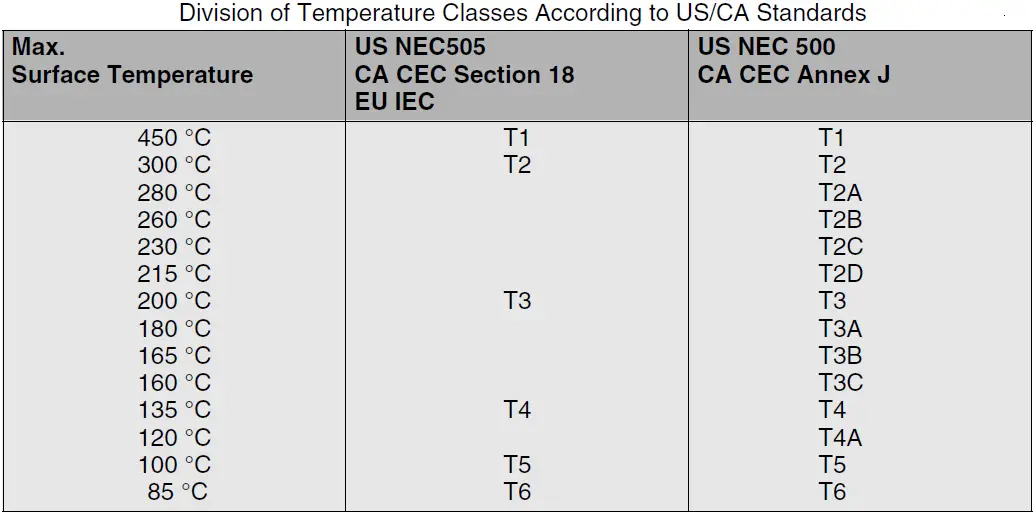
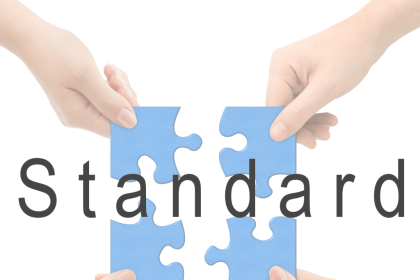
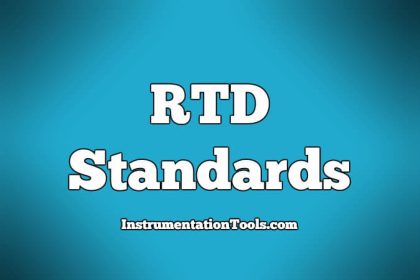
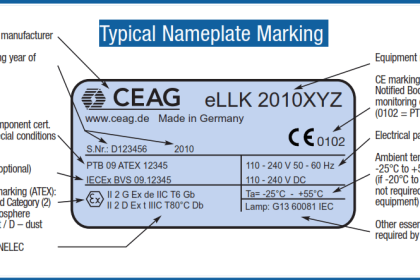
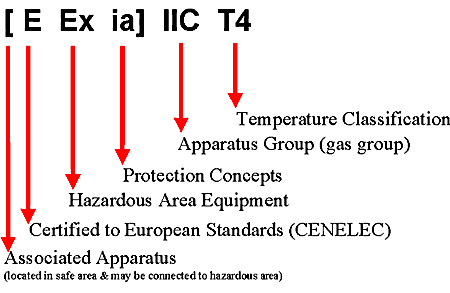
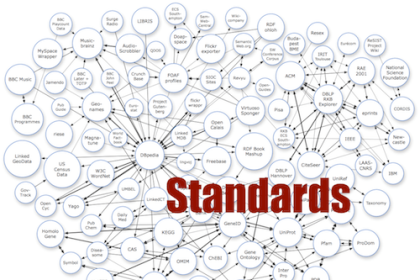
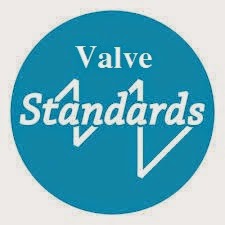

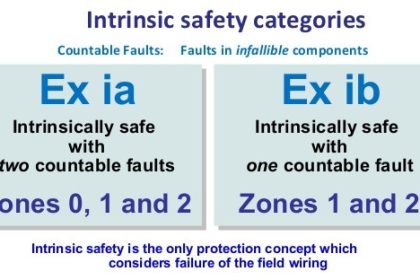
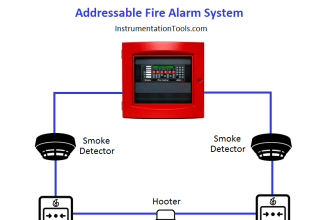
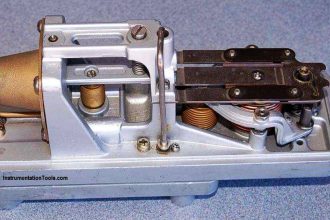
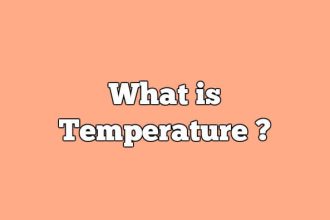

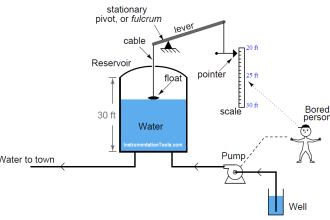

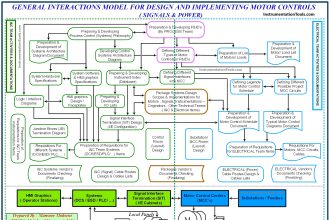


Good Basic Info. Thanks.